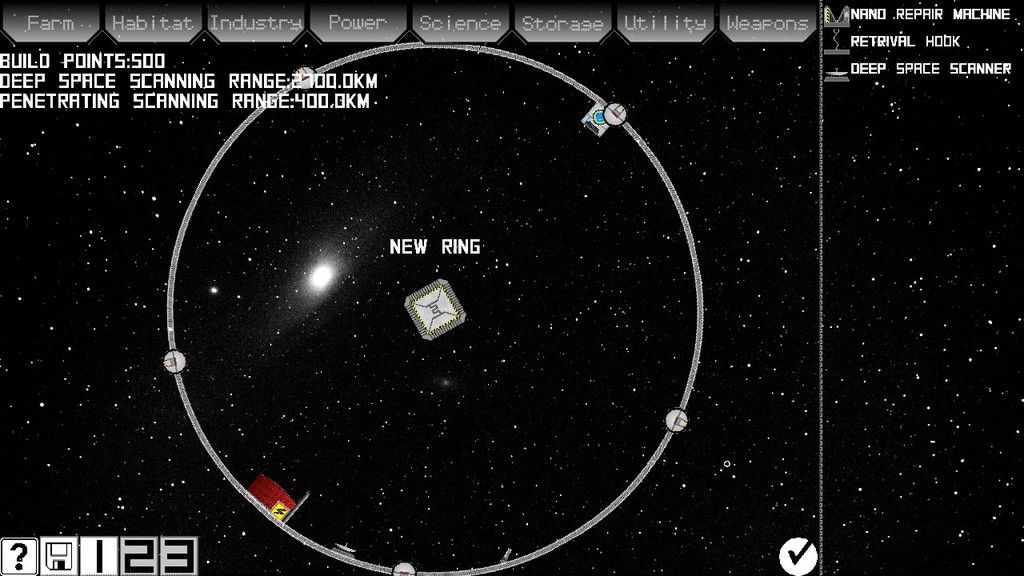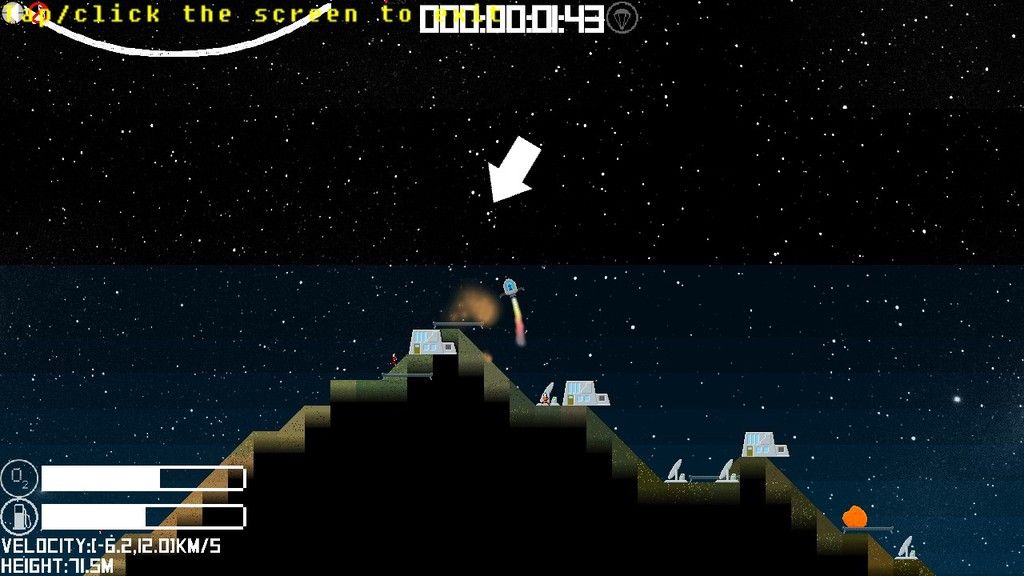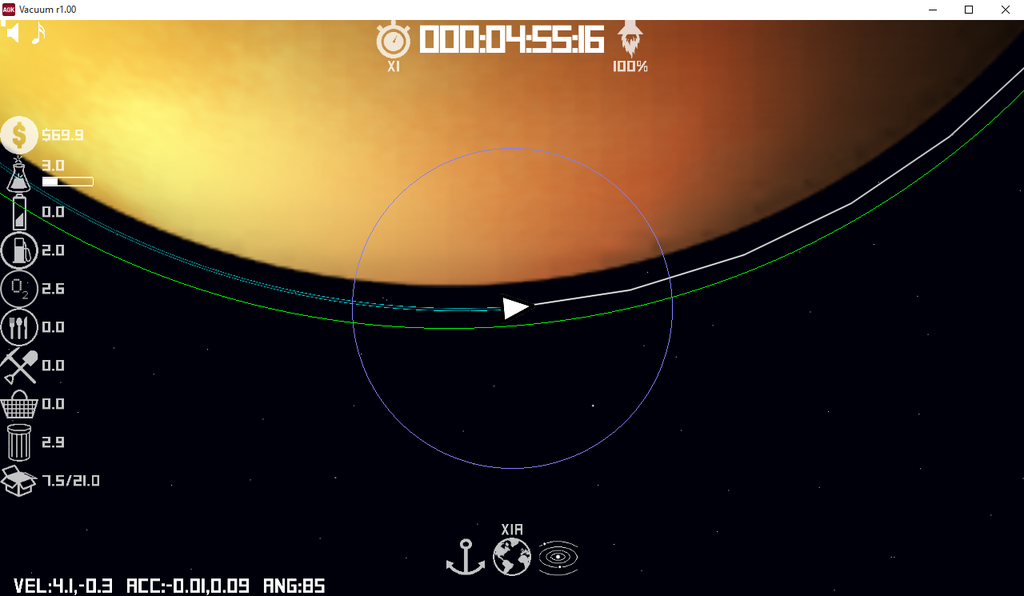Whoa so long since I've posted here and probably one of the last times too as I'm moving, or have moved my blog over to the games' itch.io page now.
Which is essentially the purpose of this post really.
I'm finally at the stage of having something out there available for people to play. So I'd love to hear any feedback people have.
Get the game here:




















 Missile - already implemented, but these will now all be homing missiles.
Missile - already implemented, but these will now all be homing missiles. Beam - These laser weapons will instantly hit, but will inflict lower damage.
Beam - These laser weapons will instantly hit, but will inflict lower damage. Particle - Similar to lasers, but they apply a field around thw target and the damage is inflicted slowly and decays over time with the field remaining even if the beam is removed.
Particle - Similar to lasers, but they apply a field around thw target and the damage is inflicted slowly and decays over time with the field remaining even if the beam is removed. Plasma - already implemented, these will be sped up, but are effectively dumb energy balls.
Plasma - already implemented, these will be sped up, but are effectively dumb energy balls. Mass - already implemented, similar to plasma these will be slower, but will inflict higher damage.
Mass - already implemented, similar to plasma these will be slower, but will inflict higher damage.




 </a>
</a> </a>
</a>